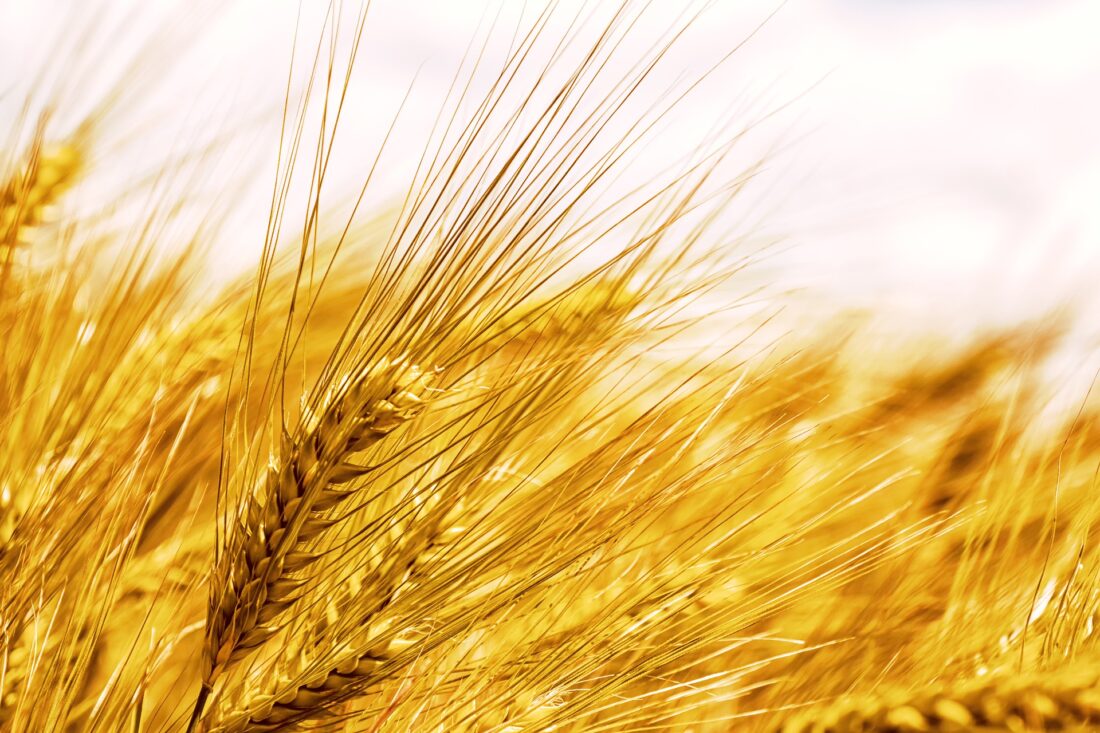What Foods Are High in Fiber?
Are you one of the many individuals seeking a more nutritious diet? Perhaps you are tired of feeling bloated after meals or simply are trying to reduce your weight. If so, you might be looking to add more fiber to your diet. Fiber is a carbohydrate found in many foods, from bread and cereals to fruits and vegetables. It has many potential benefits, including assisting your digestive health, lowering your cholesterol, and helping you feel full after a meal.
However, it is important to choose your fiber intake correctly, like choosing the right berry concentrate supplier, for example. Not all fiber is created equally, and some types might be better for you than others. To help you find out what foods are high in fiber, and which one is best for your dietary goals, keep reading. You’ll be surprised by some products on this list.
-
Beans
Beans with their large, bright, and colorful pods have long been a popular snack around the world. They are known as the seed pod of the bean plant and come in a variety of shapes, sizes, and colors. The pods can be eaten raw or cooked and are often roasted, steamed, or fried to produce a crunchy outer shell. They are also great for making soups and stews.
Some varieties of beans include pinto beans, kidney beans, Lima beans, navy beans, black-eyed peas, garbanzo beans (chickpeas), mung beans, adzuki beans, and green peas. But regardless of what type of bean you choose to eat, they all contain good amounts of fiber that will promote regularity throughout your digestive tract. In fact, one cup of kidney beans has 15 grams of fiber – that’s about half of your daily recommended intake.
Further, boasting both soluble and insoluble fibers, beans can reduce cholesterol by 20% and decrease glucose absorption. Try eating raw beans or bean soup to get a more nutritional bang for your buck! Remember to opt for non-sodium versions, as they tend to be higher in antioxidants.
-
Avocados
Avocados are a little higher in fat than most fruits, but the fat is mainly in the form of oleic acid. This is a monounsaturated fatty acid that has been shown to reduce inflammation and improve heart health. Avocados also contain 6-7 grams of fiber per fruit, making them one of the higher-fiber fruits out there. And if that isn’t enough, avocados also contain high amounts of vitamin B6, vitamin C, vitamin K, folate, and potassium.
All these nutrients work together to promote stronger bones and reduce the risk of osteoporosis. So, try adding avocados to your diet and reap all their benefits! You can top toast with them, add a slice to sandwiches or salads, mash it up into dips or use it as filling for ravioli or omelets. The possibilities are endless!
-
Whole Grains
Whole grains can be a part of a healthy diet, but you do need to make sure you are getting enough fiber. A great way to get more fiber is by choosing whole-grain bread, pasta, and breakfast cereals. These foods will help reduce cholesterol levels and will also help control blood sugar levels, preventing any spikes and crashes that might otherwise lead to unhealthy snacking habits.
You’ll want to look for cereals with 100% entire grain (no artificial ingredients or added sugars), at least three grams of fiber per serving, low sodium, and no trans fats. Some examples include whole-wheat pasta, brown rice, and oatmeal. The serving size on these foods may be smaller than what you’re used to seeing with refined grains, so adjust your portions accordingly.
Further, opt for non-GMO products whenever possible, as GMOs have been linked to weight gain and other health problems. Note that even though you are buying entire grains, they still require proper chewing before being digested – just like all other food!
-
Dried Fruits
Tasty, sweet, and convenient dried fruits are a quick and easy way to get more fiber into your diet. The best options include dried figs (4 grams of fiber per half-cup), apricots (3 grams of fiber per half-cup), prunes (6 grams of fiber per half-cup), papaya slices (6 grams of fiber per one large slice), and raisins (2.5 grams of fiber per quarter cup). Remember that all dried fruits should be properly prepared by soaking them in water overnight before consumption, as they are naturally high in anti-nutrients like phytic acid that can inhibit nutrient absorption.
Once soaked, you can use them to make delicious recipes like fruit salad or to top whole-grain waffles for a nutrient-dense breakfast. They also make great snacks – just take care not to overdo it! While dried fruits may have fewer calories than other sugary treats, eating too much of them will likely result in weight gain, thanks to their higher sugar content.
-
Broccoli
Broccoli and other cruciferous vegetables are considered one of the best sources of fiber. One serving of broccoli contains more than six grams of fiber, as well as several important vitamins, minerals, and antioxidants. If you don’t like broccoli, you can also try cauliflower, brussels sprouts, or kale – each has their own impressive set of health benefits. With options like these available, it’s easy to get your daily recommended dose of fiber! To give you an idea of how much is needed to meet your daily needs: adult women need around 25 grams per day, and adult men need around 38 grams per day.
Most people fall short by more than 20 grams a day if they aren’t eating enough high-fiber foods like these! Again, though dried fruits should be soaked overnight before consumption (and eaten sparingly), vegetables do not require soaking and thus are a quick way to increase your fiber intake.
Best results are obtained by gradually increasing intakes over time rather than trying to add too much at once; for example, aim for two servings of veggies at breakfast every morning with lunch and dinner following later on in the day.
Consuming enough fiber on a daily basis is vital for good health and can even help prevent some chronic diseases. Unfortunately, most Americans aren’t getting nearly enough of it. If you want to ensure that you’re consuming a high-fiber diet every day, incorporate some of these suggestions into your meal plan as often as possible. It takes a bit of time to get used to eating these foods regularly – especially if you’re trying to switch from refined grains and sugars.










